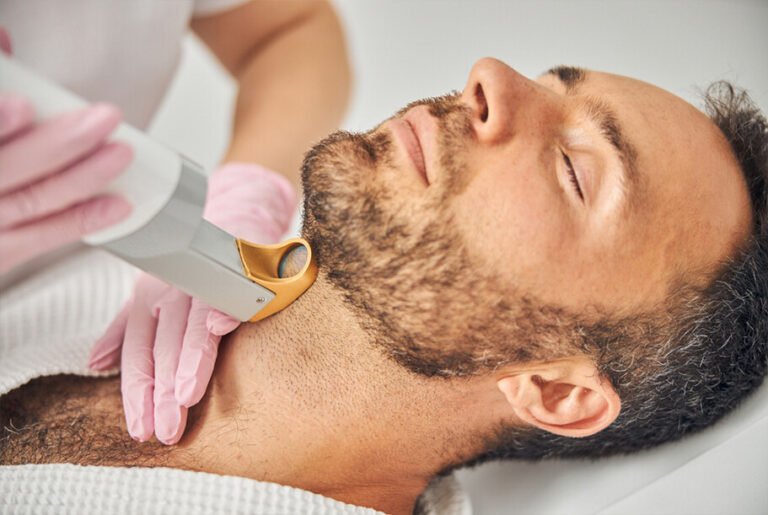How Do I Repair a Puncture or Tear in My Inflatable Paddle Board?
When it comes to maintaining your inflatable paddle board, addressing punctures or tears promptly is crucial for ensuring its longevity and performance. Inflatable paddleboards are favored for their portability and ease of use, but their inflatable nature means they are susceptible to damage from sharp objects, rough surfaces, or mishandling. In this comprehensive guide, we’ll walk you through the steps to effectively repair a puncture or tear in your paddleboard, so you can get back to enjoying your time on the water without interruptions.
Understanding Your Inflatable Paddle Board
Components of an Inflatable Paddle Board
An inflatable paddle board is constructed with several key components:
- Outer Layer: Typically made of durable PVC or similar materials.
- Inner Bladder: The core inflatable part that holds air and provides buoyancy.
- Drop-Stitch Material: Used in many boards to maintain shape and rigidity.
Common Causes of Punctures and Tears
- Sharp Objects: Rocks, glass, or other debris can puncture the board.
- Improper Handling: Overinflation or rough storage conditions can cause damage.
- Wear and Tear: Regular use can lead to minor abrasions that may turn into larger tears.
Essential Tools and Materials for Repair
Before starting the repair process, gather the following tools and materials:
- Repair Kit: Usually includes patches, adhesive, and instructions.
- Clean Cloth: For cleaning the area around the damage.
- Scissors or Utility Knife: To trim the patch and ensure a good fit.
- Rubbing Alcohol: To clean the area before applying the patch.
Step-by-Step Guide to Repairing Punctures and Tears
1. Locate the Damage
Checking for Punctures
- Inflate the Board: Inflate your paddle board slightly so it is firm but not fully inflated.
- Submerge the Board: In a tub or use a spray bottle with soapy water to locate bubbles.
- Mark the Area: Once you find the puncture, mark it with a small piece of tape or a marker.
Identifying Tears
- Visual Inspection: Look for visible tears or holes, especially on the seams or along the board’s surface.
- Feel for Air Leaks: Run your hand over the surface to feel for escaping air.
2. Prepare the Surface
Clean the Area
- Wipe with a Cloth: Use a clean cloth to remove dirt and debris around the damaged area.
- Apply Rubbing Alcohol: Clean the area with rubbing alcohol to remove any remaining oils or residues. Allow it to dry completely.
Trim the Damaged Area
- Cut Away Ragged Edges: Use scissors or a utility knife to trim any frayed edges around the tear or puncture. This ensures a smooth surface for the patch to adhere to.
3. Apply the Patch
For Punctures
- Cut the Patch: If using a pre-cut patch, ensure it is slightly larger than the puncture. For custom patches, cut a piece of the patch material to cover the puncture with at least 1 inch of overlap.
- Apply Adhesive: Follow the instructions provided in your repair kit to apply adhesive to the patch and the board. Be precise and avoid over-applying, which can create lumps.
- Place the Patch: Firmly press the patch over the puncture, smoothing out any bubbles or wrinkles.
For Tears
- Prepare the Patch: Similar to punctures, cut a patch to cover the tear with some overlap on each side.
- Apply Adhesive: Spread the adhesive on both the patch and the tear. Allow the adhesive to become tacky, as directed by the kit’s instructions.
- Press and Smooth: Apply the patch over the tear and smooth it out. Make sure there are no air bubbles.
4. Let It Cure
- Allow Drying Time: Most adhesives require several hours to cure fully. Follow the manufacturer’s instructions regarding drying times.
- Reinflate and Check: Once the adhesive is completely dry, reinflate the board and check for any leaks. If necessary, reapply the patch or use a larger one for additional coverage.
Preventing Future Damage
Proper Storage
- Avoid Sharp Objects: Keep your paddleboard away from sharp objects and rough surfaces.
- Store Indoors: When not in use, store the board in a cool, dry place to prevent UV damage and temperature-related issues.
Routine Maintenance
- Regular Inspections: Periodically check for signs of wear and tear.
- Proper Inflation: Ensure the board is inflated to the recommended pressure to avoid overstressing the material.
Conclusion
Repairing a puncture or tear in your inflatable paddle board doesn’t have to be a daunting task. With the right tools and materials, and by following the steps outlined in this guide, you can efficiently fix your board and get back on the water. Remember, regular maintenance and careful handling are key to prolonging the life of your paddleboard and ensuring a safe and enjoyable experience.






